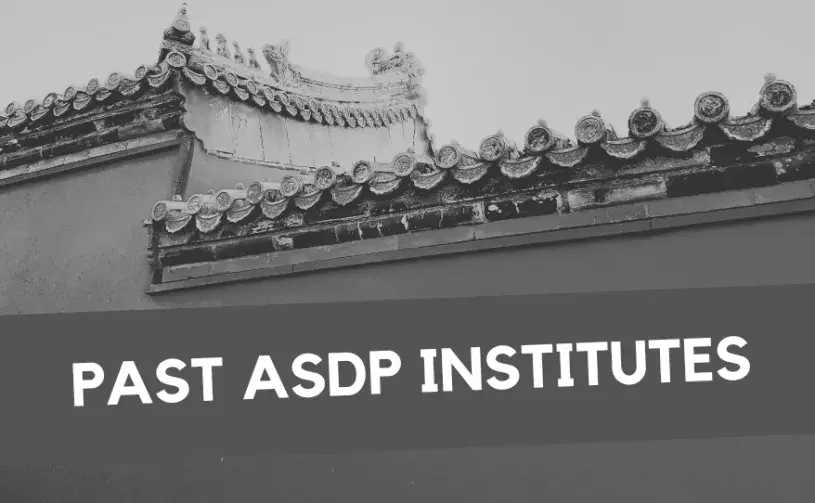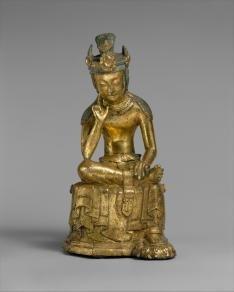
Institute Dates: May 28 - June 22, 2018
Application Deadline: March 1, 2018
Location: East-West Center, Honolulu, Hawaii
Project Director: Dr. Peter Hershock (East-West Center)

The multi-disciplinary, four-week program of Buddhist East Asia : The Interplay of Religion, the Arts and Politics is designed to strike a pedagogically useful balance between the needs for both breadth and depth in undergraduate teaching and learning. The program will be structured both geographically and historically, working out from Buddhism’s South Asian origins in the first millennium BCE, through its transmission into China, Korea and Japan from the 2nd to 6th centuries, its flourishing across East Asia from the 6th to 16th centuries, and then its encounters with global modernity in the 19th and 20th centuries. Each of the first three weeks of the program will feature sessions that address the intellectual, spiritual, ritual, and institutional dimensions of Buddhism, but also sessions on how Buddhism both shaped and was shaped by ongoing political, economic, literary and artistic dynamics. The final week will be organized around “case studies” of Buddhism as a “living tradition” changing in response to encounters with global modernity. Throughout, the program will focus on enabling participants to understand how Buddhism offered East Asians a new “total care system” that addressed both personal and social needs in ways that were inseparable from the dynamics of cultural interaction, artistic production, trade and politics.
Presenting Buddhism in this more holistic fashion will help to dispel many common misconceptions about Buddhism, including impressions that Buddhism is incompatible with war or that Buddhist societies have been more egalitarian than their historical counterparts in other parts of the world. Just as importantly, however, it will provide a model for exploring the diverse social, political, economic and cultural ramifications of Buddhism in the undergraduate classroom.
Buddhist East Asia has been made possible in part by a major grant from the National Endowment for the Humanities: Exploring the Human Endeavor

Institute Dates: May 28 - June 22, 2018
Application Deadline: March 1, 2018
Location: East-West Center, Honolulu, Hawaii
Project Director: Dr. Peter Hershock (East-West Center)

The multi-disciplinary, four-week program of Buddhist East Asia : The Interplay of Religion, the Arts and Politics is designed to strike a pedagogically useful balance between the needs for both breadth and depth in undergraduate teaching and learning. The program will be structured both geographically and historically, working out from Buddhism’s South Asian origins in the first millennium BCE, through its transmission into China, Korea and Japan from the 2nd to 6th centuries, its flourishing across East Asia from the 6th to 16th centuries, and then its encounters with global modernity in the 19th and 20th centuries. Each of the first three weeks of the program will feature sessions that address the intellectual, spiritual, ritual, and institutional dimensions of Buddhism, but also sessions on how Buddhism both shaped and was shaped by ongoing political, economic, literary and artistic dynamics. The final week will be organized around “case studies” of Buddhism as a “living tradition” changing in response to encounters with global modernity. Throughout, the program will focus on enabling participants to understand how Buddhism offered East Asians a new “total care system” that addressed both personal and social needs in ways that were inseparable from the dynamics of cultural interaction, artistic production, trade and politics.
Presenting Buddhism in this more holistic fashion will help to dispel many common misconceptions about Buddhism, including impressions that Buddhism is incompatible with war or that Buddhist societies have been more egalitarian than their historical counterparts in other parts of the world. Just as importantly, however, it will provide a model for exploring the diverse social, political, economic and cultural ramifications of Buddhism in the undergraduate classroom.
Buddhist East Asia has been made possible in part by a major grant from the National Endowment for the Humanities: Exploring the Human Endeavor


